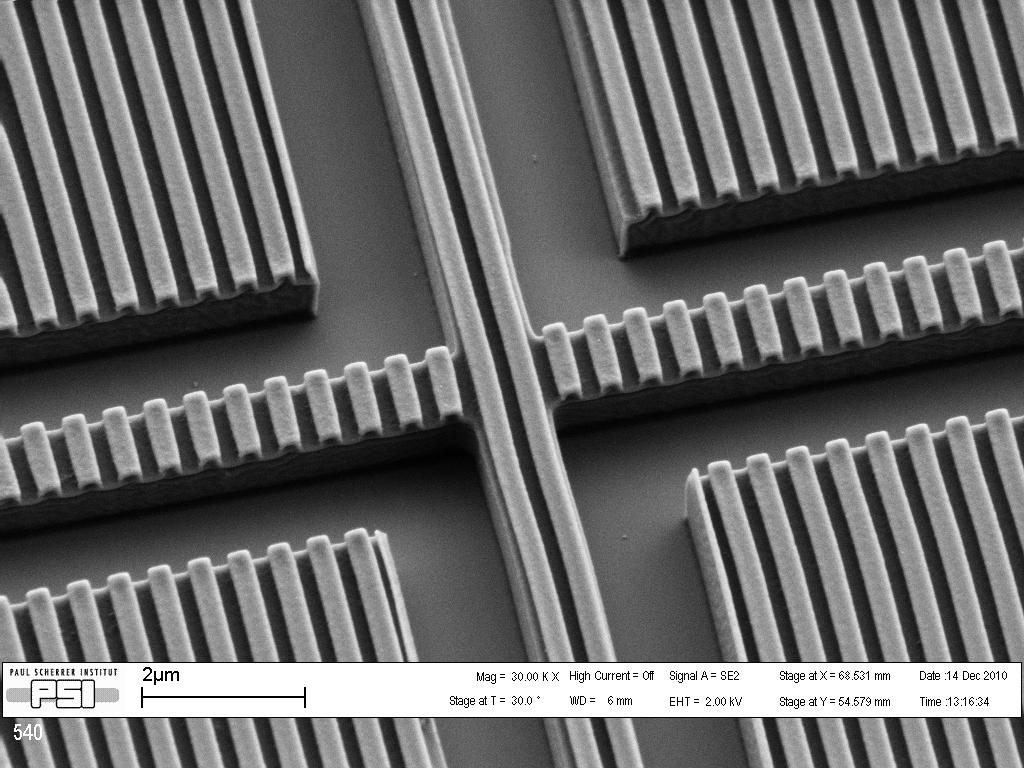ICP
Inductively Coupled Plasma
Lithography & Patterning Installation 1
A time varying axial magnetic field induces an electric field which keeps the electrons in a circular orbit and increases the probability to excite another molecule. This way the plasma density can be increased without having to increase the DC bias. RF biasing can be used independently to increase or decrease the energy of the ions impinging on the specimen surface. Inductively-coupled plasma reactive-ion etching (ICP-RIE) can achieve high etch rates by high ion or radical densities, while high material selectivity and low surface damage is achieved by using low ion energies. High density plasmas created by ICP systems can operate at low pressures and can yield significantly improved profile control for very deep, anisotropic etches.
WARNING: Access to CNRS temporarily not available

Oxford plasmalab Systems 100 @ Laboratory for Micro and Nanotechnology
STS MESC MULTIPLEX ICP @ Facility of Nano Fabrication
ICP-DRIE Alcatel AMS 110 DE
Inductively coupled plasma (ICP) deep reactive ion etching (DRIE) for etching a great variety of materials including silicon, germanium, SiC, III-V semiconductors, dielectrics and metals
Plasma excitation with ICP (13.56 MHz) and RF (13.56 MHz)
Gases available: SF6, O2, Ar, He, CH4 and C4F8
ICP-DRIE Alcatel 601 E
Inductively coupled plasma (ICP) deep reactive ion etching (DRIE) for etching a great variety of materials including silicon, germanium, SiC, III-V semiconductors and dielectrics
ICP-DRIE Oxford S-100
Inductively coupled plasma (ICP) deep reactive ion etching (DRIE) with 2 chambers for etching Al or Al/Cu and SiC or photoresists
Plasma excitation with ICP (13.56 MHz) and RF (13.56 MHz)
Gases available: SF6, O2, Cl2, HBr, BCl3, N2 and He

